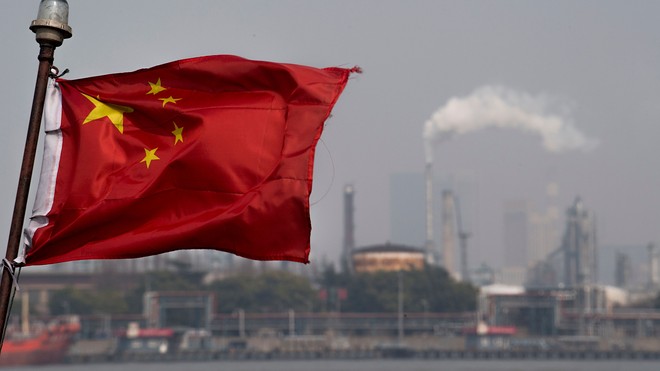
(WoodMac, 23.Mar.2023) — The Chinese economy is expected to grow by 5.5% but could grow by as much as 7% in 2023 as the country bounces back from three years of lock-down caused by the Covid pandemic according to a new report by Wood Mackenzie.
China is the largest importer of almost every commodity on the global markets and ‘The Great Reopening’, a new Horizons report published today, looks at the expected impact that the Asian powerhouse’s re-emergence from the Covid pandemic. It offers both base case and high case scenarios for the Chinese economy and global commodities such as oil, gas, metals, and coal.
“Faster -than-expected Chinese growth would reshape short-term commodities supply and prices dramatically,” says Massimo Di Odoardo, Vice President, Gas and LNG research. “Few commodities remain unaffected, but some are more impacted than others.”
Base case versus high case
The report states that if China’s economy grows at the expected base case of 5.5%, the recovery will remain domestically contained with minimal global impact. However, due to the industry-intensive nature of the high case scenario laid out in the report, positive ripple effects will be felt across the global economy. The high case scenario of 7% will also see exporters of capital equipment, resources and materials to China witness some considerable upside.
“A hotter China lifts the global economy with gross domestic product growing by 2.6% in 2023 versus 2.2% in our base case,” says Peter Martin, Head of Economics.
Oil prices set to rise
China’s return to normal mobility is expected to drive a strong recovery in global oil demand in 2023 from both a base and high case perspective.
“China being on the move again after the Zero Covid policy of 2022 will account for 1 million barrels a day (b/d) of the 2.6 million b/d gain we expect in oil demand this year,” Ann-Louise Hittle, Head of Macro Oils says. “This should see Brent crude prices rising from current levels to average US$89.40 per barrel (/bbl) for 2023.”
The more bullish high case scenario would see increased construction activity driving Chinese oil demand even higher in 2023 with the report predicting that the 1 million b/d figure could increase by as much as 400,000 b/d and push annual oil prices higher by US$3-US$5/bbl.
Return to normal for refinery margins
Demand for refined products in China will be stronger especially transport fuels and petrochemicals feedstocks. The report states that despite Chinese exports of gasoline, jet and diesel/gasoil being lower due to increased domestic demand, global balances are set to remain largely undisturbed.
“The combination of stronger crude oil prices and lower transport fuel exports supports global refining margins by just US$0.5/bbl or so, lifting the Q4 2023 global composite gross refining margin to US$6.6/bbl, still weaker than the Q4 2022 average of US$11/bbl,” says Alan Gelder, Vice President of Research for Refining and Oil Markets.
European LNG imports safe for now
LNG imports to China fell by an extraordinary 20% in 2022, a total of 16 million tonnes (MT) or 22 billion cubic metres (bcm). One of the risks of China’s return to normality has been the impact it could have on European gas imports which swallowed up a substantial proportion of the supply void left by the country’s relative inactivity.
“[The] global gas market is not out of the woods; it is a structurally tight market and prices are volatile,” says Massimo Di Odoardo, Vice President, Gas and LNG research. “But with demand trimmed by high prices, recent mild weather and markets proving resilient in a world without Russian pipeline exports to Europe, stronger-than-expected Chinese LNG demand is unlikely to lead to a repeat of the chaos seen in 2022.”
Metals prices hinge on construction activity
With global metals markets so closely linked to the ebbs and flows of the Chinese economy, the level of growth is heavily dependent on how quickly the country’s industrial and property sectors ramp up.
“In our high-growth scenario, where growth is driven by more intensive industrial production and an outperforming property sector, the impact is greatest among the metal market’s heavyweights – steel, aluminium and copper,” says Nick Pickens, Research Director Global Mining.
The report concludes that energy and natural resource markets remain delicately balanced and while China’s leadership remain cautious on monetary policy and fiscal policy, sharper growth cannot be discounted. China’s reopening could once again turn up the heat on prices across the energy and natural resources spectrum.
____________________

